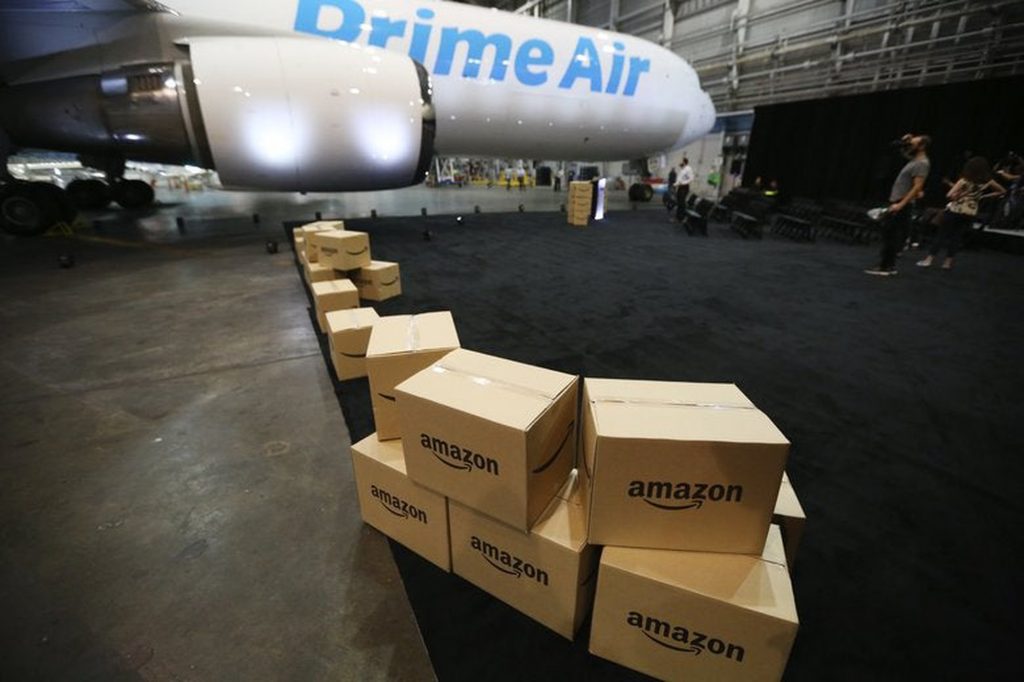 What is Amazon?
What is Amazon?
If your answer is ‘an online retailer’, you fundamentally don’t understand what they are or what they’ve achieved. Amazon is a technology company. They’ve reinvented how business is done. They’ve perfected the user experience for their retail business, perfected back-end operations and supply chain management.
Amazon is an innovation company.
And the key to Amazon’s success is that they have an online retail company that has become it’s biggest customer. But they didn’t stop there. Their foundational technology and their perpetual innovation has allowed them to strategically position themselves for exponential expansion and growth.
Amazon acquired Whole Foods. This wasn’t an expansion into the brick-and-mortar grocery store business. This was an extremely strategic expansion of AmazonFresh. Whole Foods is AmazonFresh’s largest customer the same way that Amazon Retail is Amazon’s largest customer. AmazonFresh will eventually provide food delivery for your local grocery store, and their technology will make it easy for you to keep your refrigerator full. Even more amazingly, this gives Amazon the ability to deliver groceries right to your doorstep, or even put the food in the Alexa-powered refrigerators that are soon to come.
Do you think Amazon needs UPS or FedEx? Amazon is quickly creating its own parcel delivery service, but it’s not to minimize costs. Amazon will become a full-fledged competitor to UPS and FedEx—and they will likely do a better job at it with their ability to keep inventory in millions of places, and deliver with small vans, couriers, drones or other technology they cook-up.
Amazon Prime Video—their video-streaming service allowed Amazon to compete with Netflix and Hulu, and provide yet another reason you and I can’t live without a Prime membership.
So how is all this rambling relative to you?
If you’re a business owner, here’s something you may not understand. In this modern age, if you’re in business, you are a technology company.
“In this modern age, if you’re in business, you are a technology company.”
The only question is whether your technology is good and allows you to compete successfully. Amazon would not be who they are today without being one of the world’s best technology companies. Today successful business of any kind relies on this kind of innovation.
Here’s some questions for you:
- Do you have a website?
- E-commerce?
- Fulfillment software?
- An ERP or supply chain management system?
- Do you have a Facebook, Twitter, Instagram, Linkedin or Youtube channel?
- Do you use Constant Contact or MailChimp or another e-blast system?
- How many plugins does your website use?
- Do you use your cell phone or any mobile apps for sales or marketing?
- Are you using Quickbooks?
- Juggling Excel spreadsheets?
If you answered yes to any of these questions, Guess what? You’re a technology company.
The question you should be asking yourself is, does your technology prevent your growth and success, or long-term viability?
We’re already starting to see Amazon taking over different industries and verticals. Just watch. Their systems can transform any industry, and they’ll be coming after yours.
So what’s the key to winning in this modern age to get out ahead?
Start thinking about these things:
- What is your “Prime” membership, how does it look and how is it structured?
- How can those benefits create a closer relationship with your customers?
- How can you deliver your products or services in the way your customers WANT to receive them?
- How good are your systems and protocols and can they actually scale as you grow? Or are you paying a lot of money for systems that are preventing your growth?
- How tightly are your systems integrated, or do you struggle with disparate systems and data points?
- Are you using data visualization to monitor your key point indicators to derive insights that help you make sound business decisions? Or are you licking your finger and holding it in the air for a good guess?

Data visualization is the graphical representation of information and data. By using visual elements like charts, graphs, and maps, data visualization tools provide an accessible way to see and understand trends, outliers, and patterns in data. In the world of Big Data, data visualization tools and technologies are essential to analyze massive amounts of information and make data-driven decisions.
The bottom line:
If you’re still using Quickbooks and juggling Excel spreadsheets, then you are living in the stone age and will be left behind by competitors who become better technology companies.
Here’s the good news. It’s never been easier or more affordable to get on better systems. If you’re not sure how or where, then let’s talk.

Recent Comments